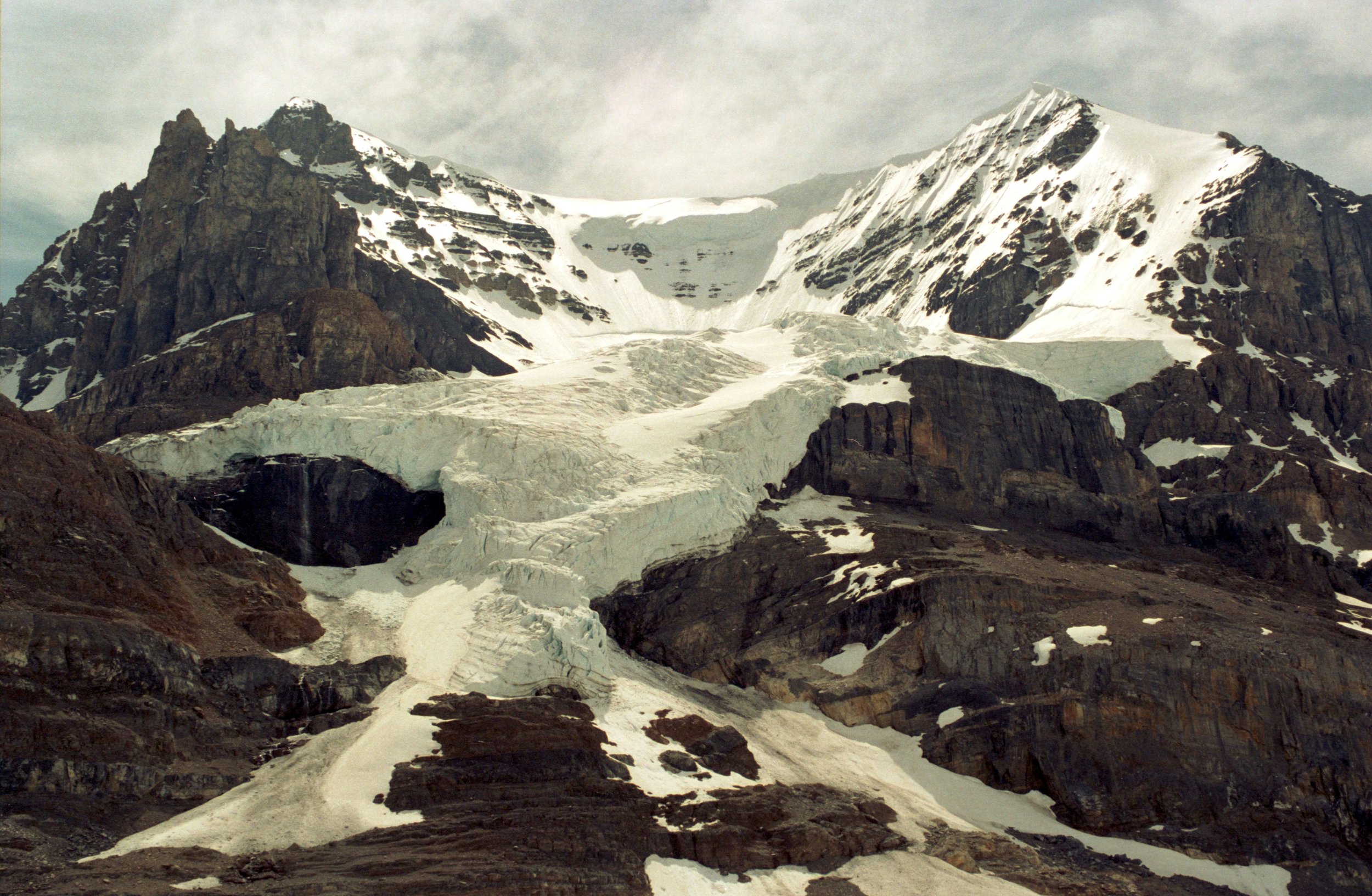
Image: Michael Hamments

Image: Michael Hamments
Andromeda and Athabasca
Letter from the Continental Divide of the Americas
I climbed around the threshold of the Columbia Icefield, Mount Andromeda, and Mount Athabasca where three continental watersheds converge, and confronted a landscape that defies human timescales.
"The view that lay before us in the evening light was one that does not often fall to the lot of modern mountaineers. A new world was spread at our feet: to the westward stretched a vast ice-field probably never before seen by the human eye, and surrounded by entirely unknown, unnamed and unclimbed peaks." - J. N. Collie
The Columbia Icefield is the largest icefield in North America's Rocky Mountains, formed during the Great Glaciation. The high point of the Triple Continental Divide is where ice or water flows east to the Atlantic Ocean, south and west to the Pacific Ocean, and north to the Arctic Ocean. From the Mount Athabasca ridgeline, one can visually trace the watersheds that feed three different oceans, a hydrological divergence point that exists in few places on Earth.
The approach to Athabasca begins as a negotiation between modern convenience and primordial landscape. Our expedition gear in the mountains (tents, axes, crampons, carefully coiled ropes) represented centuries of technological evolution designed to facilitate temporary human presence in spaces ultimately hostile to us.
Where ice formed 238,000 to 126,000 years ago and still clings to rocks, I found myself traversing not just space but time. The transition from road to maintained trail to unmarked terrain marked more than a geographical threshold; it signaled entry into a space governed by forces operating on timescales incomprehensible to human experience. If you've ever felt like physically consuming a geological epoch, unfortunately you can't. The glacial meltwater is too old to safely drink.
I have been fortunate in my life to cover a lot of ground in the Canadian Rocky Mountains and am experienced in coordinating extended backcountry trips in all seasons. Yet each approach to a glacier feels new, familiar only in broad strokes. It's one thing to say where you've been, or what you know, but it's another to say how you think about it.
I feel I can claim that I stood on top of three oceans at once.